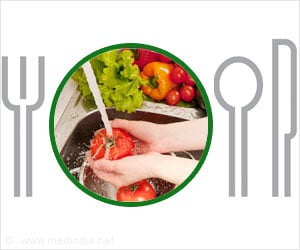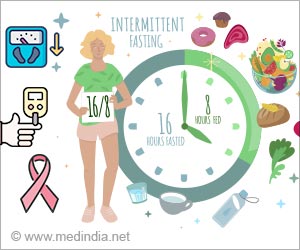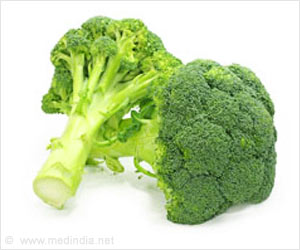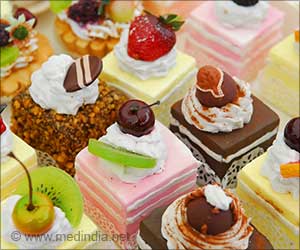Artificial colors in pani puri linked to cancer, asthma & other health woes. Expert urges use of natural alternatives.

Food Color Additives in Hazardous Consequences of Human Health: An Overview
Go to source).
‘Be cautious of what's hidden beneath those vibrant hues; sometimes, the brightest colors can carry the darkest risks. #medindia #panipuri #foodcolours’





Risks Associated with Artificial Colors in Pani Puri
Recently, Karnataka’s Food Safety and Standards Department issued stringent measures, including fines up to Rs 10 lakh and imprisonment from seven years to life, for using artificial colors in chicken kebabs, fish, and vegetable dishes statewide.In March, the state also prohibited Rhodamine-B, an artificial coloring agent used in gobi manchurian and cotton candy.
Edwina Raj, Head of Services - Clinical Nutrition & Dietetics at Aster CMI Hospital, Bengaluru, cautioned, "Excessive use of artificial food colors and flavoring agents to enhance visual appeal and taste poses significant health risks, especially for frequent consumers of street food."
"The overconsumption of synthetic additives in food increases the risk of cancer and disrupts gut health, leading to inflammation," she emphasized.
Edwina further highlighted potential risks such as hyperactivity in children, allergic reactions, and asthma attacks. Moreover, contaminated water used in pani puri could cause foodborne illnesses like typhoid.
Advertisement
Instead of artificial agents, Edwina suggested opting for foods colored and flavored naturally using ingredients such as beetroot, turmeric, and saffron strands.
Advertisement
- Food Color Additives in Hazardous Consequences of Human Health: An Overview - (https://pubmed.ncbi.nlm.nih.gov/36650651/)
Source-Medindia









